Sara Schairer: How To Compassion It
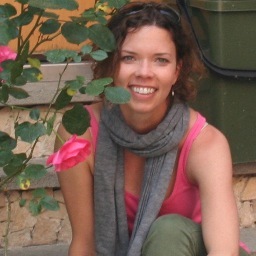 Five years ago, she found herself facing an unwanted divorce, taking care of her young daughter, and looking for a job in an economic recession. Seeking out purpose in a new direction, the concept of compassion caught her attention.
Five years ago, she found herself facing an unwanted divorce, taking care of her young daughter, and looking for a job in an economic recession. Seeking out purpose in a new direction, the concept of compassion caught her attention.
In this Awakin Call, Sara Schairer poignantly shares the inspiration, ignition, and insights from her adventures in birthing a compassion revolution.
Janis: Yours really is one of those black-and-white, before-and-after stories. So, could you tell us a bit about the before part of the story, and then what happened to change your life?
Sara: Five years ago, I was 31 years old, and facing the most difficult time of my life. I had an 18-month old daughter, and I was a stay-at-home mom, facing an unwanted a divorce. I was really a wreck. A years before that, my father was killed suddenly in an accident, and that kind of changed who I was.
I was looking for a job, because I was getting ready to get back to work. And this was the middle of the economic fallout.
J: So let’s go to that next part of the story.
S: So the next part of the story is I was watching an Ellen Degeneres episode, as I often did during the day as my daughter Hannah was napping. She had the author Wayne Dyer on, and he was speaking about compassion. He said words that I’ll never forget. He said compassion was the most important thing to teach our children. That if we teach our children compassion, putting ourselves in each other’s shoes, every social problem on the planet will be solved. No more hunger. No more war. That’s it. You name it—it’s solved. We have a generation named compassionate.
I could not get that out of my mind. It was so powerful to me.
And later on that day, the word compassionate formed as a vision, as the two words: Compassion It. So now, compassion was a verb. Like “Google it.”
So, there it was—that was the vision.
J: Now, you didn’t act on that vision for several years as I recall. What was going on in the between time? And what was the tripwire that put it into motion?
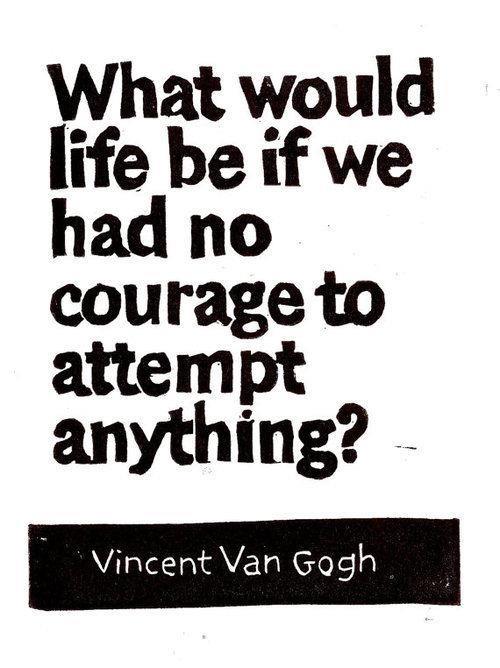 S: It took me 3 years. In the meantime, I was just trying to get my life back on track. So I got a job, went through my divorce. I had to sort of re-find myself.
S: It took me 3 years. In the meantime, I was just trying to get my life back on track. So I got a job, went through my divorce. I had to sort of re-find myself.
Meanwhile, I was using this new motto as I was living this new life. So I found that when I “compassioned it,” I had the best outcomes. Which, I don’t know if any of you have gone through a divorce, but it’s not always very easy to do. But, I really found that with any interaction. Even if my boss at work would come down on me, instead of getting angry back at him, I would think, Hmm, maybe he’s having a hard time at home. Or maybe his boss is angry with him.
I just found that when I put myself in others’ shoes and “compassioned it,” my outcomes really were the best
Then, two years ago, I felt just a tremendous sense of urgency to do something with it. I had been sitting on it for three years, and I do think this goes back to my father’s accident. I’m keenly aware that my life could end at any moment. And I felt that this is something the world needs, and I needed to take action.
J: Tell us about the Compassion It movement itself. Is it a program? Do people need any kind of training? Or is it something very simple and effective?
S: It’s not a program. Right now, I just think it’s such an easy phrase for people to live by. It’s more of a motto. But we’ve also created something very unique—it’s a reversible bracelet. I’m sure you’ve seen the Livestrong bracelets or breast cancer awareness… so those are more like awareness bracelets that show you support a cause. Our bracelets show that you support compassion, but they also create action. Everything that Compassion It does is about creating action. Because compassion now is now a verb. [laughs] We want you to “compassion it”.

So you start with the dark side out, and then when you do an act of compassion—or it doesn’t always have to be an act. Someone mentioned sometimes just sending positive thoughts can be an act itself. But once you do that, you’re able to flip the bracelet to the light side. So it’s a tangible daily reminder, and it shows that you’re a part of this movement and that compassion is important to you.
It’s been amazing. We started selling the bracelets last July in Illinois, and now they’re on six continents and we have over 15,000 bracelets like these in the world.

It started in a town outside of Chicago, called Northbrook, that was really facing awful tragedy. They had two suicides and then a car accident. These three boys were killed all within three weeks. They were all kind of in the same circle of friends. So the community was devastated. They brought Compassion It in as a way to unite and to grieve. And to combat the bullying that was going on—often the suicide of teenagers is because of bullying.
So they brought Compassion It in, and we actually sold our first 500 pairs ["We always sell them in pairs—so your first act of compassion is to give one away"] of bracelets in 42 minutes. The line was down the block.
J: Who are the people who are asking for them?
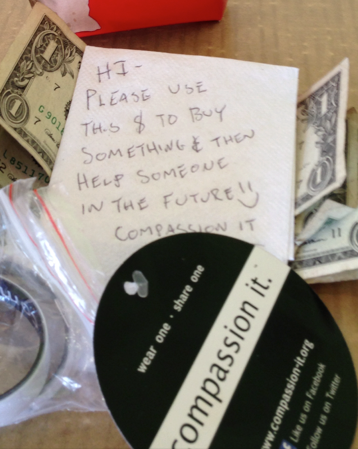 S: We don’t have a target demographic for this product, because compassion speaks to everyone. My six-year-old daughter gets it. And her friends understand this concept and we have a small size for kids. Then my mom, who is 70, wears her Compassion It bracelets. And her friends do as well. So, really, they’re all over the globe.
S: We don’t have a target demographic for this product, because compassion speaks to everyone. My six-year-old daughter gets it. And her friends understand this concept and we have a small size for kids. Then my mom, who is 70, wears her Compassion It bracelets. And her friends do as well. So, really, they’re all over the globe.
One story I want to share was pulled by a family in that town outside of Illinois. This is now their dinner table conversation. They go around the dinner table with their kids, and everybody shares what they did that day to flip their bracelets. That really inspires me.
J: You have a charming 6-year-old daughter, Hannah. How do you practice compassion together? I imagine there are ways in which you are teaching her, but you are also learning from her.
S: A few months ago, we were going to get ice cream. And we were walking down the street. This was in Ocean Beach, CA, and there were quite a few homeless people around. And ever since I started Compassion It, for the past few years, I keep granola bars or water in my car to hand out to the homeless people that I see. So instead of ignoring them like I used to, now, I acknowledge them and smile and say, “Hey, are you hungry?”
So she’s grown up watching me hand out food to people from our car window.
That day, we were walking down the street, and there was someone sitting with his back against the wall, holding a sign that said he was hungry. I did not even see him and we walked right past.
 A huge part of compassion is first being aware. And being present. A mindful practice is really helpful to deepen compassion. But heck, we’re on our way to get ice cream, I’m walking right by, and she stops me and says, “Mommy, should we get him some ice cream, too?”
A huge part of compassion is first being aware. And being present. A mindful practice is really helpful to deepen compassion. But heck, we’re on our way to get ice cream, I’m walking right by, and she stops me and says, “Mommy, should we get him some ice cream, too?”
I said, “That’s a great idea!” So I told her, “Go ask him what flavor he would want.”
She went up to him and said, “Hi, would you like ice cream? What flavor would you like?”
And we got it, and she delivered it to him. It was just so heartwarming to know that she is aware. And she’s paying attention. And she knows not to ignore people that need help.
J: Yes. And I think what this also speaks to is she’s so comfortable with reaching out. She hasn’t developed those social barriers and embarrassment that I think prevent us all from reaching out. While our conscience may say, “Do it,” our social training says, “Mind your business.” But that doesn’t exist for her.
S: That’s true. And that may just be a kid thing. I think maybe all kids are that way. So it’s really a perfect time to introduce this to them.

Audrey: That’s beautiful. Are there other memorable stories that come to mind?
S: I was contacted by a woman in Botswana whose husband works in Unicef. She emailed me because she wants to start a compassion movement in Botswana. She’s overwhelmed by the lack of compassion there. The suicide rate is astronomical. There’s so much violence. There was a violent break-in at one of her good friend’s homes, and people were beaten badly. Yet when they went to the hospital, the nurses didn’t even get up off of their chairs. She believes they’re suffering from compassion fatigue.
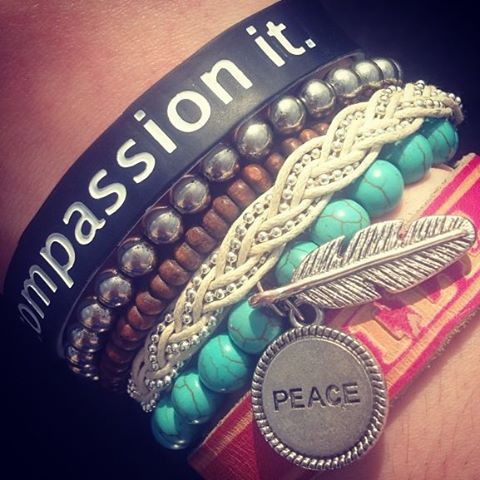 She’s a remarkable, inspiring woman. She’s already contacted people at the ministry of health to see if we can do compassion cultivation training with the employees at the hospitals some how. She wants to have bracelets there to give away to people. So it’s just really cool to get an email from someone in Africa who’s facing what sounds like a situation that I can’t even imagine. And I might be able to help!
She’s a remarkable, inspiring woman. She’s already contacted people at the ministry of health to see if we can do compassion cultivation training with the employees at the hospitals some how. She wants to have bracelets there to give away to people. So it’s just really cool to get an email from someone in Africa who’s facing what sounds like a situation that I can’t even imagine. And I might be able to help!
I mean, I used to be in pharmaceutical and medical sales, and I never got an email like that before. It’s just so incredible to know that there’s something here that could be a tool to help this country be more compassionate.
A: What do you think of compassion fatigue?
S: A fellow compassion cultivation training teacher believes there’s no such thing as compassion fatigue. And I agree. He works here in San Diego at Sharp Hospital and teaches compassion cultivation trainings to the employees.
He thinks its more empathy fatigue, because if you’re actually practicing compassion, you wouldn’t get fatigued. If you learn how to be with suffering—that is compassion. You’re with it. You’re not going to run away or ignore suffering. You’re able to be present with suffering, but you have a big enough container that you’re not overwhelmed with grief. Grief is not compassion. Overwhelm is not compassion.
If you are finding that you’re very easily sucked in to other people’s problems, and you feel what they feel, and you’re not able to break away and have space between you and the person who’s suffering—there does need to be that space there, so that you can offer them relief. So, if you’re truly practicing compassion, you won’t get fatigued.
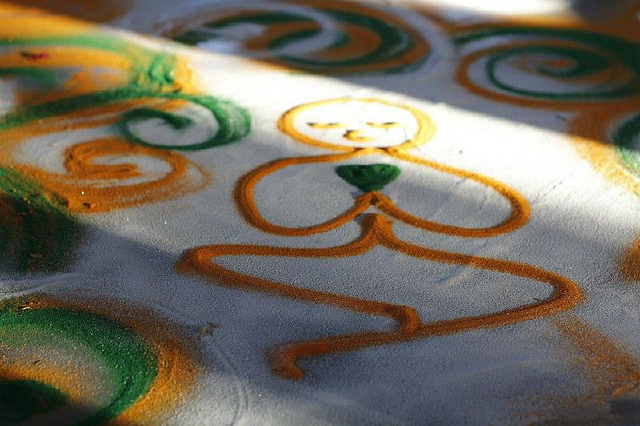
A: How do you do it? What kinds of things help you practice compassion other than empathy? How do you keep that spirit alive?
S: I have a daily sitting practice that’s the compassion meditation practice. So by practicing the meditation, I’m able to train my mind to be compassionate and wish people well. So when I’m faced with it in a real-world situation, I’m able to practice it and not get overcome with grief. And probably a breath-focused—if you find yourselves getting overwhelmed (which I think is normal, it happens to all of us)—it’s a good practice to bring yourself back to your breath.
 Sara Schairer is the founder of Compassion It, a movement to ignite daily acts of compassion around the globe. She is a 2012 Fellow of the M121 Social Leadership Academy, finishing up a certification at Stanford’s Center for Compassion and Altruism Research and Education (CCARE) to teach Compassion Cultivation Trainings, and a sincere student of compassion.
Sara Schairer is the founder of Compassion It, a movement to ignite daily acts of compassion around the globe. She is a 2012 Fellow of the M121 Social Leadership Academy, finishing up a certification at Stanford’s Center for Compassion and Altruism Research and Education (CCARE) to teach Compassion Cultivation Trainings, and a sincere student of compassion.
Posted by Audrey Lin on Jun 28, 2013
SHARE YOUR REFLECTION
2 Past Reflections




On Jun 29, 2013 Kanchan Gokhale wrote:
Post Your Reply